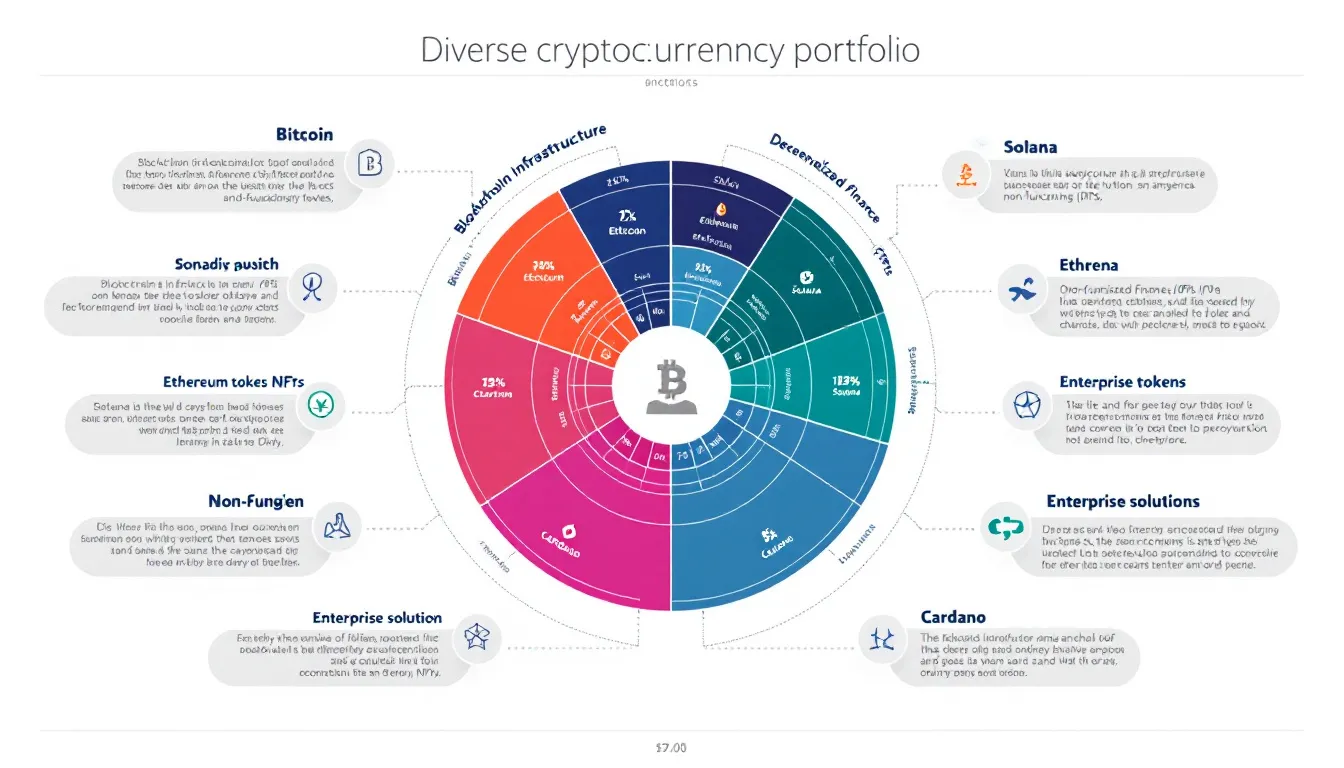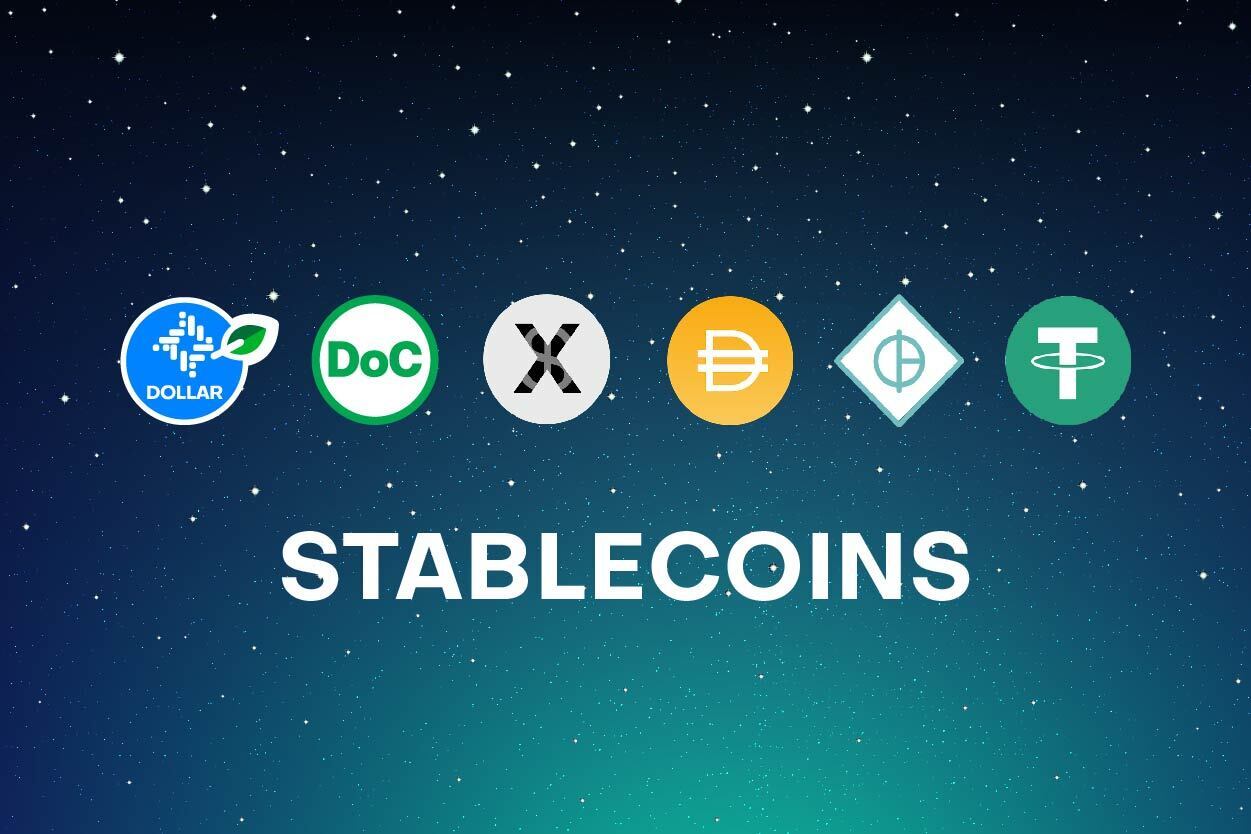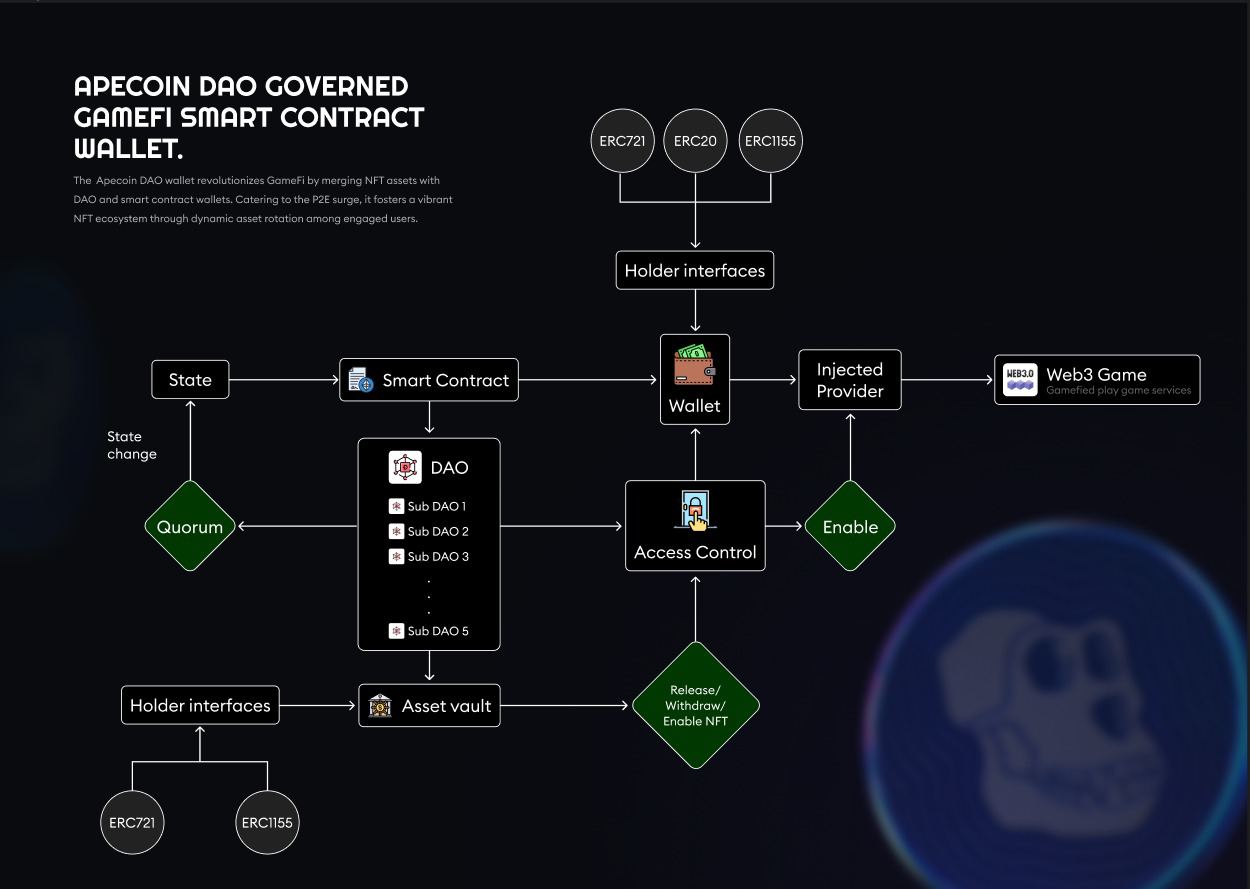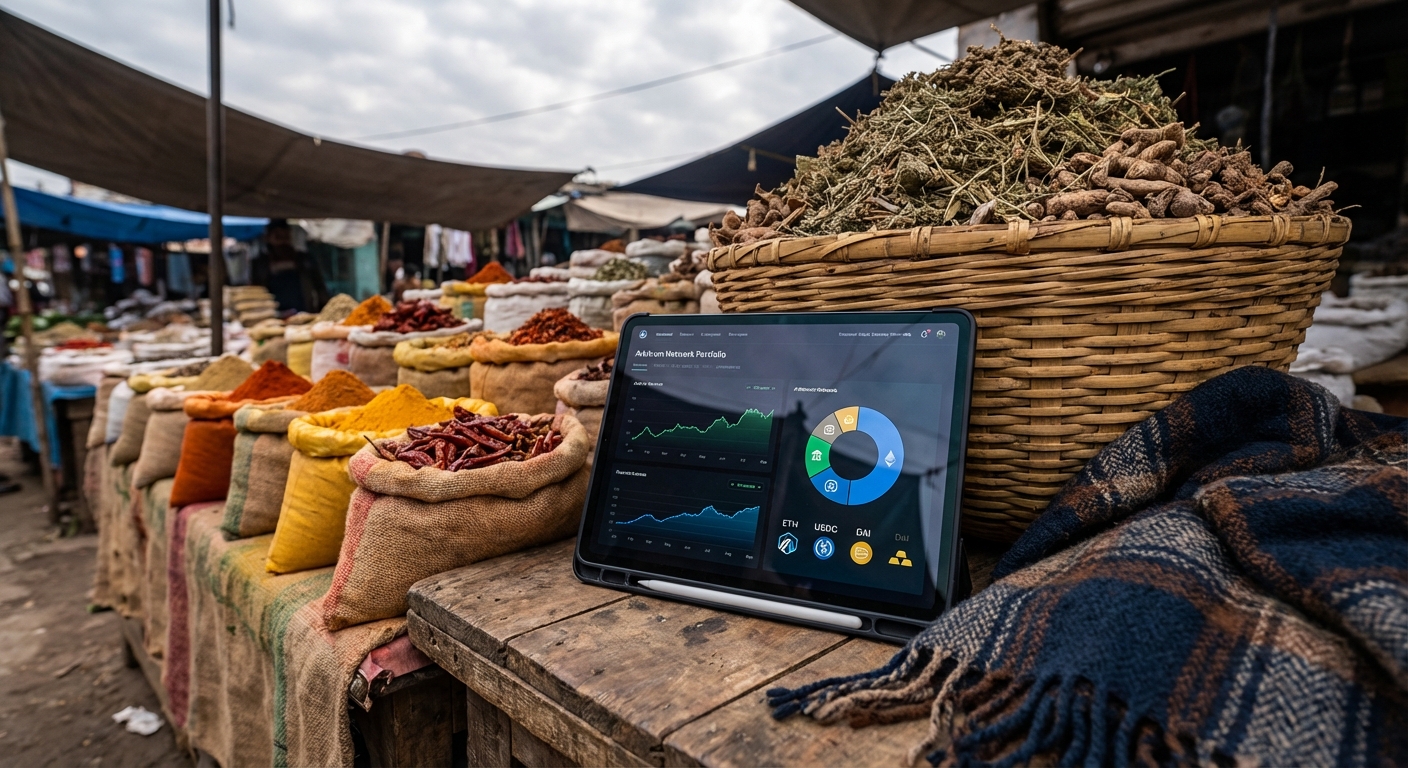
DAO treasury diversification is no longer a theoretical debate. In 2024, as the aggregate value of DAO treasuries surpassed $30 billion, the risks of overexposure to native tokens became glaringly apparent. According to recent governance discussions and treasury reports, more than 60% of large DAOs have adopted some form of diversification strategy, though the depth and sophistication vary widely. Many still hold over 80% of their assets in their own governance tokens, leaving them vulnerable to market shocks and liquidity crunches (source).

Current Landscape: Why Diversification is Mission-Critical for DAOs
Recent moves by high-profile DAOs underscore a shift toward proactive risk management. Decentraland’s proposal to convert 3,700,000 MANA into stablecoins over several months exemplifies a growing consensus that capital preservation is as important as ecosystem alignment. Arbitrum’s Secure Treasury Endowment Program (STEP 2.0) took this further by allocating treasury assets into both stablecoins and real-world asset vaults, balancing yield generation with risk controls. The Ethereum Name Service DAO executed a time-weighted sale of 6,000 ETH for $20 million USDC, prioritizing operational runway via stablecoin reserves rather than relying on volatile token sales.
These data points reflect a broader trend: DAO treasury diversification has become an operational imperative for sustainability and capital efficiency. Below we analyze the top five strategies shaping on-chain treasury management in 2024.
Top 5 DAO Treasury Diversification Strategies in 2024
-

Allocating a Fixed Percentage to Stablecoins (USDC, DAI, USDT) for Capital Preservation: Many DAOs, such as Decentraland DAO, convert portions of their native tokens into stablecoins to reduce volatility and ensure liquidity for grants and operations. This approach safeguards treasury value during market downturns and supports predictable budgeting.
-

Automated Portfolio Rebalancing Using On-Chain Governance Protocols (e.g., Balancer, Enzyme): DAOs leverage decentralized asset management platforms like Balancer and Enzyme to automate rebalancing according to governance-approved parameters, maintaining optimal asset allocation with minimal manual intervention.
-

Strategic Investment in Blue-Chip DeFi Assets (ETH, LSTs, AAVE, UNI) to Capture Ecosystem Growth: Diversifying into established DeFi tokens such as ETH, liquid staking tokens (LSTs), AAVE, and UNI enables DAOs to participate in sector growth while reducing reliance on their own native tokens.
-

Deploying Treasury Assets into Yield-Generating Protocols with Strict Risk Parameters: DAOs enhance capital efficiency by allocating assets to protocols offering on-chain yield (e.g., lending platforms, real-world asset vaults), while enforcing rigorous risk controls to safeguard principal.
-

Establishing Cross-DAO Token Swap Agreements to Reduce Native Token Concentration: By forming token swap partnerships with other DAOs, treasuries can diversify holdings and decrease exposure to their own governance tokens, fostering collaboration and ecosystem resilience.
1. Allocating a Fixed Percentage to Stablecoins (USDC, DAI, USDT) for Capital Preservation
The most widely adopted approach among leading DAOs is allocating a fixed share, often between 20% and 50%: of their treasuries into stablecoins such as USDC, DAI, or USDT. This ensures that operational expenses can be met regardless of market cycles and creates a buffer against native token drawdowns. For example, Decentraland’s phased accumulation of stablecoins during the current bull market aims to secure liquidity for future grants while minimizing forced selling during downturns. This method also enables DAOs to reliably fund contributors or initiatives without introducing additional volatility.
2. Automated Portfolio Rebalancing Using On-Chain Governance Protocols
The next evolution in on-chain treasury analysis leverages automated rebalancing protocols like Balancer or Enzyme Finance. These tools allow DAOs to codify allocation targets directly into smart contracts, enabling dynamic adjustments based on pre-set thresholds or market conditions through decentralized governance votes. Automation reduces manual intervention risk and helps maintain optimal allocation ratios between volatile assets and stable reserves over time.
3. Strategic Investment in Blue-Chip DeFi Assets (ETH, LSTs, AAVE, UNI)
Diversification isn’t limited to just moving away from native tokens; it also involves capturing upside from robust DeFi ecosystems. Many DAOs are now strategically investing portions of their treasuries in blue-chip assets such as ETH (including liquid staking tokens like stETH), AAVE, or UNI. These assets tend to be highly liquid with established track records and may offer additional composability benefits within DeFi protocols.
For example, DAOs that allocate to ETH or LSTs not only gain exposure to the foundational asset of the ecosystem but can also participate in staking yields or collateralize further DeFi activity. A measured allocation to blue-chip protocols, as seen in Arbitrum’s treasury deployment and Sushi DAO’s approach, creates a portfolio with both defensive and growth characteristics. The key is rigorous due diligence on asset fundamentals and liquidity profiles to avoid unintended concentration risk.
4. Deploying Treasury Assets into Yield-Generating Protocols with Strict Risk Parameters
Yield generation has matured beyond speculative farming. In 2024, leading DAOs are deploying stablecoin and blue-chip allocations into vetted lending markets (e. g. , Aave, Compound) and real-world asset vaults that offer transparent risk disclosures and robust collateralization. Arbitrum’s STEP 2.0 program exemplifies this: by placing stablecoin reserves into on-chain yield strategies with strict risk controls, they maximize capital efficiency while minimizing downside exposure.
Critical here is the implementation of quantitative risk frameworks, such as limits on protocol exposure, counterparty risk analysis, and automated monitoring of collateral health. DAOs are also increasingly leveraging third-party audits and real-time analytics to ensure protocol solvency and exit liquidity remain uncompromised during market stress events.
5. Establishing Cross-DAO Token Swap Agreements to Reduce Native Token Concentration
One innovative trend accelerating in 2024 is the use of cross-DAO token swap agreements. Rather than selling native tokens on open markets (which can depress price), DAOs negotiate direct swaps with other organizations seeking similar diversification goals. For instance, two DAOs may exchange governance tokens at an agreed-upon rate, reducing each one’s concentration risk while strengthening inter-DAO collaboration.
This strategy not only minimizes slippage but also forges alliances that can be leveraged for future partnerships or joint initiatives. The process typically involves multi-sig approvals or on-chain governance votes to ensure transparency and community alignment.
Integrating Diversification: Implementation Considerations for DAO Operators
While these five strategies are now widely recognized as best practices in DAO treasury diversification, successful implementation requires careful sequencing and robust governance processes:
- Establish clear investment policy statements outlining target allocations, rebalancing frequency, and permitted assets.
- Utilize automated rebalancing tools to enforce discipline without relying solely on manual interventions or ad-hoc votes.
- Pilot cross-DAO swaps with small tranches before scaling up agreements across larger portions of the treasury.
- Continuously monitor yield strategies, updating risk parameters as new protocols emerge or existing ones evolve.
Which DAO treasury diversification strategy do you consider most effective in 2024?
DAOs are increasingly adopting new treasury management approaches to boost stability and reduce risk. Based on the latest trends and leading practices, which of these top strategies do you think is most effective for DAOs in 2024?
Key Takeaways for On-Chain Treasury Analysis in 2024
- The share of diversified treasuries is growing rapidly but remains uneven across the sector; over $1.6 billion in ARB alone is still largely undiversified (source).
- Automated rebalancing and cross-DAO swaps are emerging as high-impact tools for operational resilience.
- Sustained capital efficiency hinges on balancing yield generation with robust quantitative risk controls, not just chasing returns.
- Diversification is most effective when paired with transparent reporting and community-aligned governance frameworks.
The road ahead for DAO treasury management will be defined by those organizations able to synthesize these strategies into cohesive policy, maximizing opportunity while safeguarding against volatility shocks that have historically plagued crypto-native treasuries.






